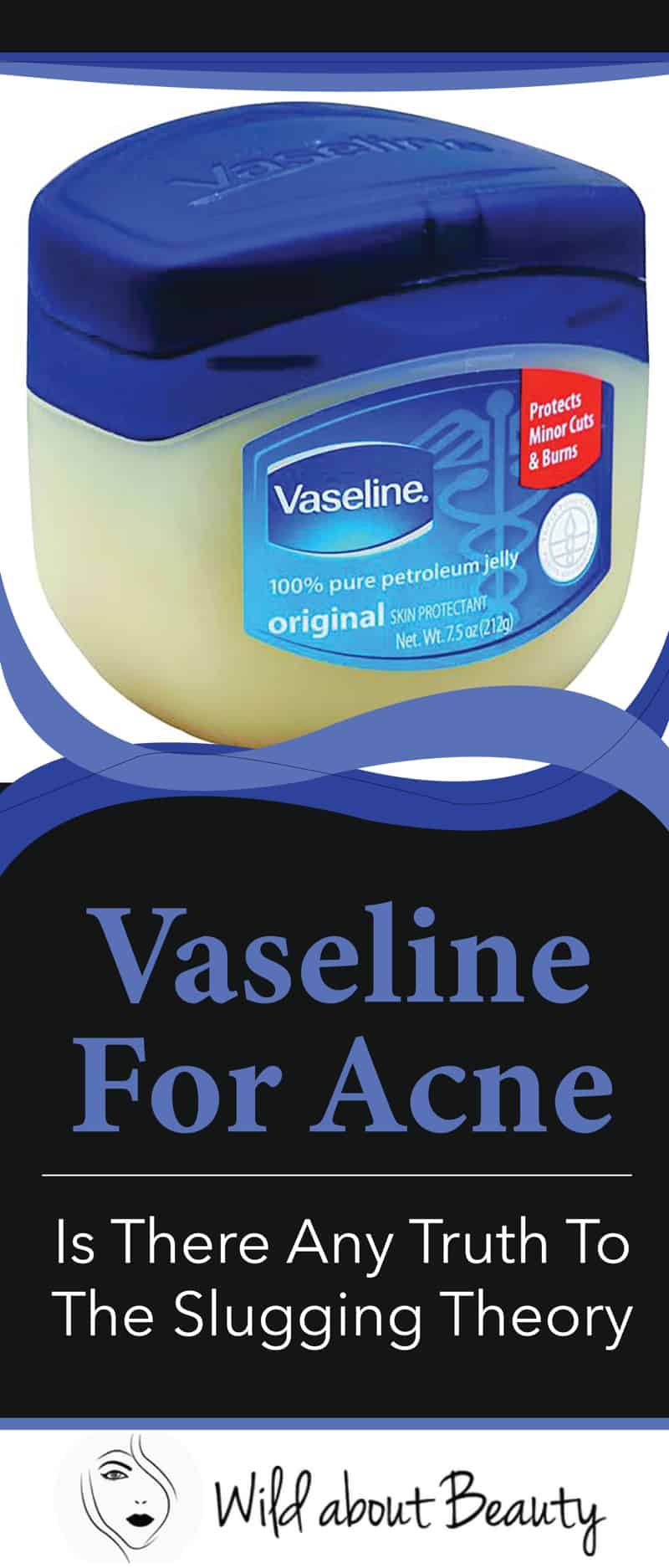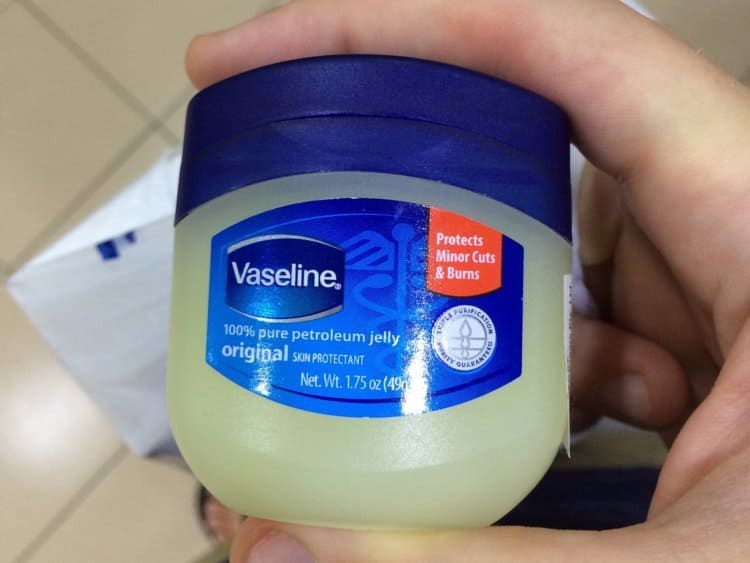In recent years, the use of Vaseline for acne has sparked a significant amount of interest and debate in the skincare community. Enthusiasts on platforms like Reddit’s Skincare Addiction sub-Reddit swear by its potential benefits, claiming that petroleum jelly can help in the treatment of various skin conditions, ranging from acne to cystic acne, and even chronic conditions like rosacea, psoriasis, and eczema.
As skincare experts, we believe it’s essential to examine both the positive and negative aspects of any skincare product or trend and Vaseline is no exception. In this article, we aim to provide a clear, balanced, and comprehensive overview of the potential benefits and drawbacks of using Vaseline on the skin. We will discuss its effects on acne, breakouts, aging, redness, and sensitive skin, as well as the possibility of using it to treat wounds, scars, atopic dermatitis, and various other conditions.
Chapter Overview
How To Use Vaseline For Acne?

If you have acne-prone skin, it might surprise you to learn that Vaseline can actually be beneficial in your skincare routine. This technique, known as “slugging,” involves applying Vaseline over your usual moisturizer at night. Here’s how to incorporate it into your skincare routine:
- Cleanse your face: Start by washing your face with a gentle cleanser suitable for your skin type to remove dirt, oil, and makeup.
- Use skincare products: Apply your serums or treatments to help target specific skincare concerns.
- Moisturize: After using your serums or treatments, apply a hydrating moisturizer appropriate for your skin, focusing on areas of dryness.
- Apply Vaseline: Take a small amount of Vaseline and gently apply it over your moisturized face, concentrating on areas prone to dryness.
- Leave on overnight: Let the Vaseline work throughout the night to lock in moisture and help your skin repair its barrier for fewer breakouts.
Remember, Vaseline doesn’t moisturize your skin directly but instead creates a barrier to prevent moisture loss. Make sure you follow each step to ensure your skin stays hydrated and soft, leading to healthier skin in the long run. Additionally, although Vaseline is generally safe for most people, if you notice any negative reactions, discontinue use and consult a dermatologist.
What Is Petroleum Jelly Made Of?
Petroleum jelly, also known as petrolatum, is a mixture of mineral oils and waxes that forms a semisolid, jelly-like substance. Its primary function is to act as an occlusive agent, creating a physical barrier on the skin to prevent water loss and maintain moisture.
The main ingredient in petroleum jelly is petroleum, which works by sealing the skin with a water-protective barrier. This helps the skin heal and retain moisture, promoting overall skin health. Some key points about petroleum jelly include:
- Barrier function: Petroleum jelly is effective in creating a skin barrier, allowing for optimal healing and moisture retention
- Occlusive properties: This occlusive agent prevents water loss and subsequent dryness, making it an ideal moisturizer for various applications
- Skin protection: Use petroleum jelly to heal minor skin burns, scrapes, and relieve dry, cracked skin
- Multiple uses: From functioning as a face, hand, and body moisturizer to preserving perfume scents and easing stuck objects, petroleum jelly’s versatility adds to its appeal
In summary, petroleum jelly is a versatile product with a valuable role in maintaining and protecting our skin’s barrier, thanks to its occlusive properties and the water-protective barrier it creates.
What Are The “Haters” Saying?
As we explore the use of Vaseline for acne, it’s important to acknowledge the concerns and opinions of those who have a more skeptical view. Some dermatologists argue that petroleum jelly is comedogenic and can clog pores, potentially causing acne instead of healing it. Here are a few other potential issues and risks associated with using Vaseline for acne treatment:
- Allergic reactions: Some individuals may have a sensitivity to Vaseline, which can result in allergy-like symptoms.
- Irritation and adverse reactions: Vaseline use may cause skin irritation or adverse reactions for certain people.
- Bacterial or fungal infections: If the skin is not properly cleaned and dried before applying Vaseline, it may trap bacteria and fungi, leading to infections.
- Aspiration risks: Consult your doctor before applying Vaseline around the nose, as there may be aspiration risks.
- Clogged pores: In some cases, users have reported that Vaseline made their pores more congested.
In summary, while Vaseline can offer benefits in certain situations, it’s crucial to recognize and weigh the potential risks and downsides for those who may not be ideal candidates for its use in treating acne.

